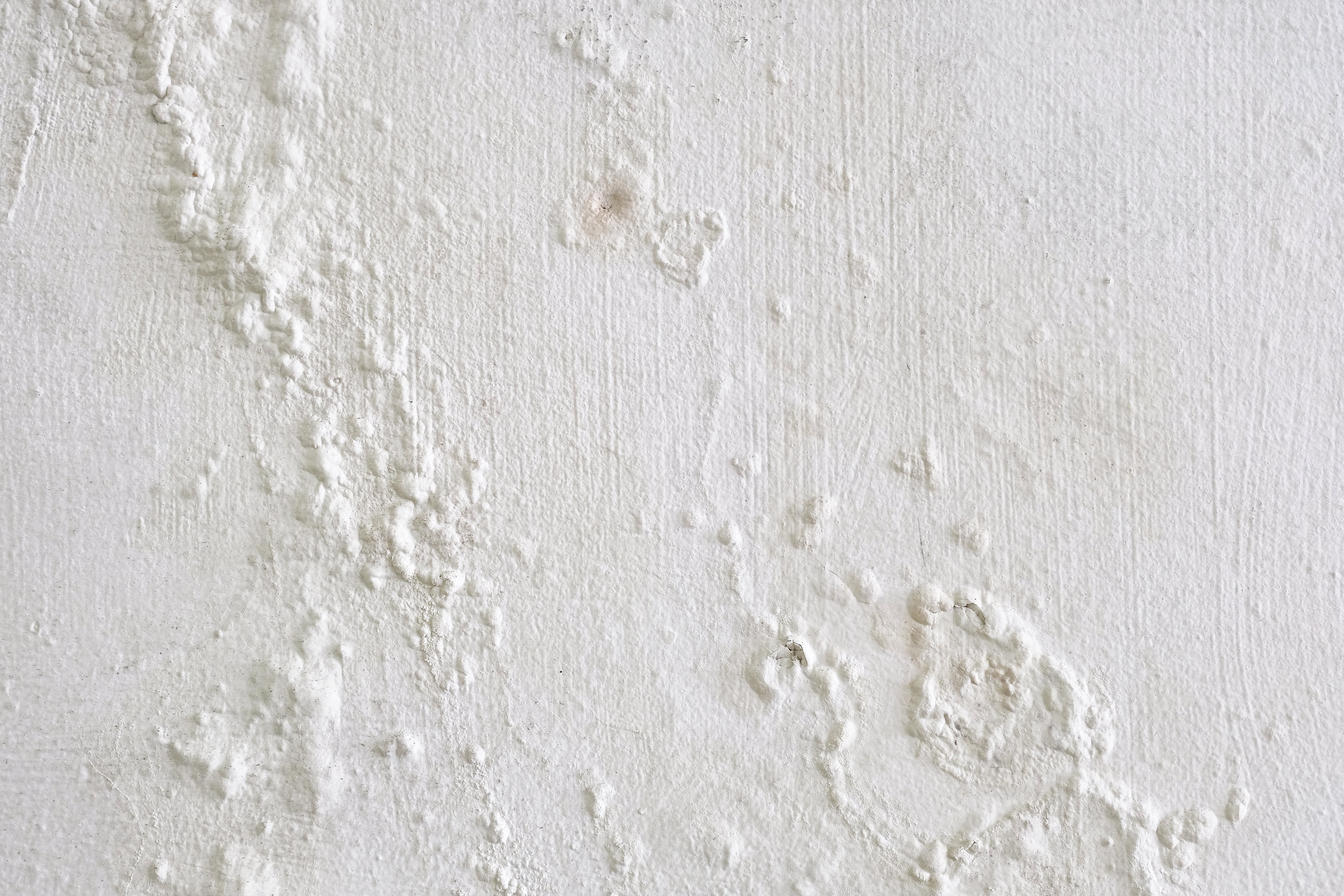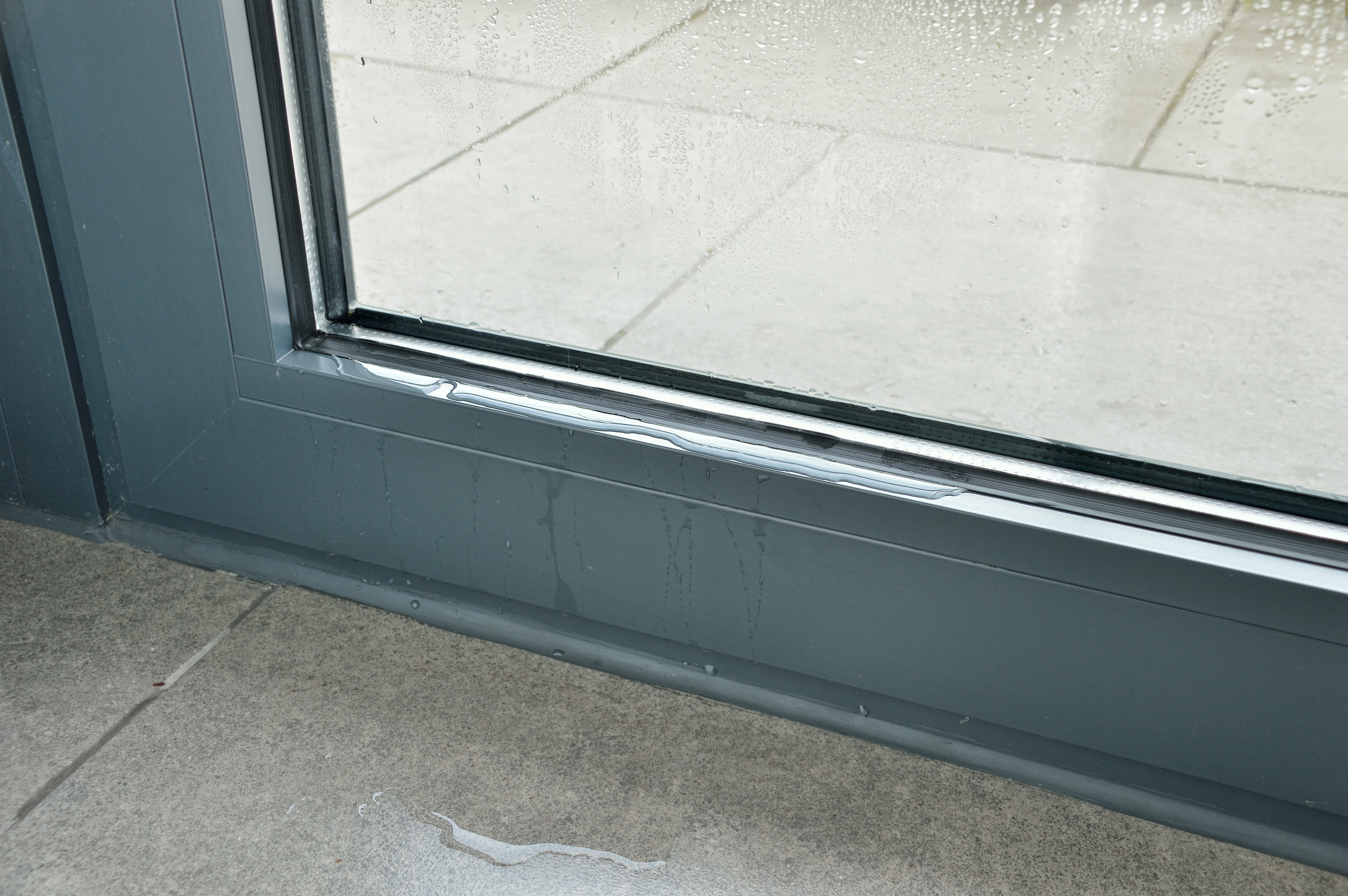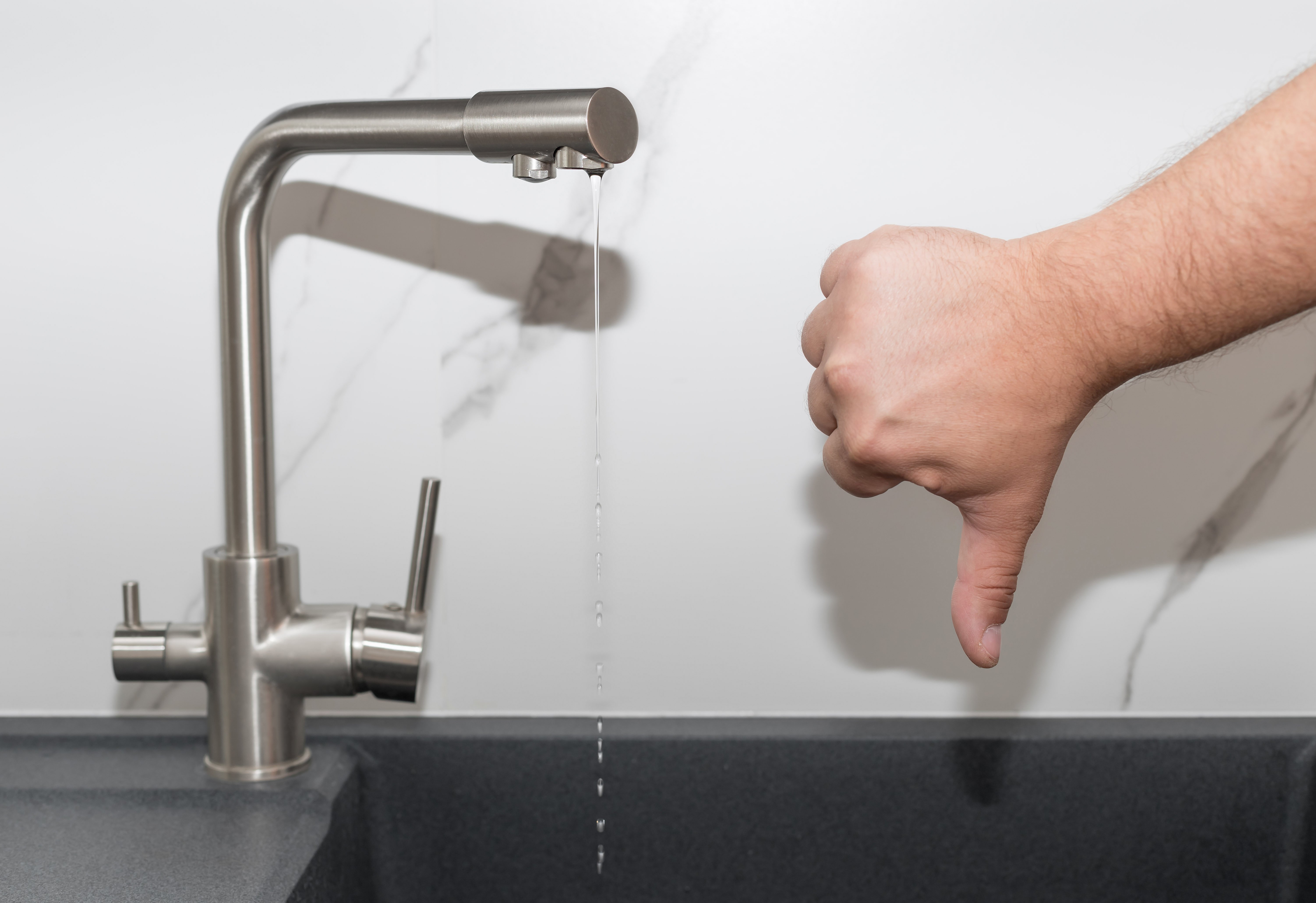Table of Contents
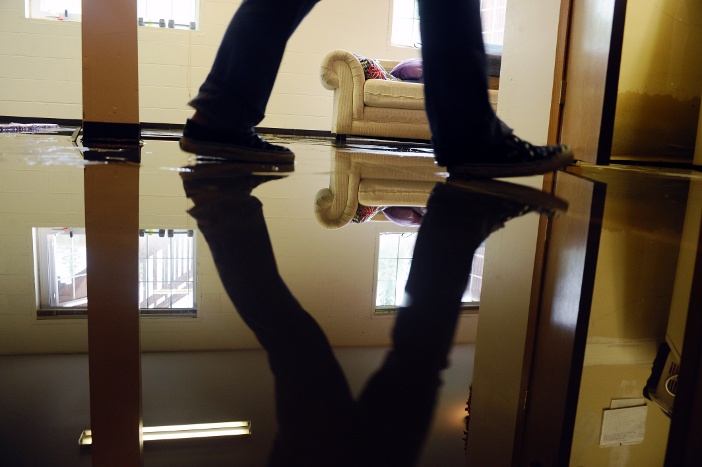
If you are reading this, you likely are looking at a big puddle of water in your home and wondering what to do when a pipe bursts. While some residential flooding is caused by leaking water heaters, clogged sewer lines, or heavy rainfall, the most common cause is a burst pipe in your home due to freezing temperatures, aging and deterioration of pipes and/or high water pressure. Freezing temperatures or other malfunctions can cause cracks to form in water pipes, connections, or valves, and within minutes, you may have water pouring down your walls and ceilings or pooling in your basement.
Understanding Common Causes of Water Pipe Bursts
Understanding the common causes of water pipe bursts inside a house is crucial for homeowners to safeguard their properties and belongings. One prevalent factor leading to pipe bursts is freezing temperatures, causing the water inside pipes to expand and potentially rupture them. Aging and deterioration of pipes over time is another significant reason for these incidents. Additionally, high water pressure places stress on pipes, increasing the likelihood of a burst. When a water pipe bursts inside a house, it can have a severe impact on the home structure and belongings. The resulting burst pipe water damage can be extensive, requiring emergency water damage mitigation and prompt burst pipe repair. Homeowners facing a burst pipe in their house should act quickly, seeking emergency plumbing assistance and employing flooded house cleanup measures. Understanding what to do when a pipe bursts is crucial for minimizing water damage and ensuring efficient water damage restoration. Implementing burst pipe solutions, such as fixing the busted pipe and preventing future incidents, is essential for flood damage recovery and maintaining a resilient home.
Recognizing Signs of a Burst Pipe
It is essential to pay attention to visible water damage indicators when checking for signs of a burst pipe in your home. Identifying these visual cues is crucial for early intervention and preventing additional damage. Timely addressing of these visible signs is vital to minimize the impact of a burst pipe, as it aids in avoiding extensive structural damage and potential health hazards linked to mold growth. Regular inspections and staying vigilant in recognizing these indicators play a key role in maintaining a safe and well-kept home environment.
Water stains on walls or ceilings
Water stains on walls or ceilings are indicative of potential water damage within a structure. These stains, often appearing as discolored patches or streaks, signal the presence of moisture that may be linked to a burst pipe, leak, or other plumbing issues. It is essential to promptly address and investigate the source of these stains to prevent further damage and potential complications such as mold growth. Identifying and resolving the issue early on can contribute to maintaining the structural integrity of the building and ensuring a healthy living environment.
Puddles or standing water
The presence of puddles or standing water in unexpected areas is a clear indication of potential water-related issues. Puddles indoors may suggest leaks, burst pipes, or drainage problems that require immediate attention. Standing water can damage flooring, promote mold growth, and pose safety hazards. It is crucial to identify the source of the water accumulation and address the issue promptly to prevent further damage and maintain a dry, safe indoor environment. Regular inspections and swift action in response to puddles or standing water contribute to the overall well-being and longevity of the space.
Decreased water pressure
Experiencing decreased water pressure in your home can be a sign of underlying plumbing issues. This reduction in water pressure may be caused by factors such as a clogged pipe, mineral buildup, or even a leak in the plumbing system. It is important to address this issue promptly as it can impact daily activities like showering, dishwashing, and laundry. Identifying the root cause of the decreased water pressure and resolving it through necessary repairs or maintenance ensures the efficient functioning of the plumbing system and helps prevent potential water damage within the home. Regular monitoring of water pressure is advisable to catch and address any issues early on, promoting a smoothly operating plumbing system.
Unusual sounds or smells signaling a potential pipe burst
Unusual sounds or smells in your home can serve as alarming indicators of a potential pipe burst. Strange noises, such as hissing, banging, or rushing water sounds, may suggest pressure irregularities or water escaping from a compromised pipe. Additionally, unusual odors, especially musty or foul smells, can be linked to water damage and mold growth resulting from a burst pipe. It is crucial to investigate and address these unusual sounds or smells promptly to prevent further damage and potential health hazards. Identifying and repairing the source of the issue can mitigate the impact of a pipe burst, ensuring the integrity of your plumbing system and maintaining a healthy living environment. Regular monitoring and swift action in response to such signs contribute to the overall well-being of your home.
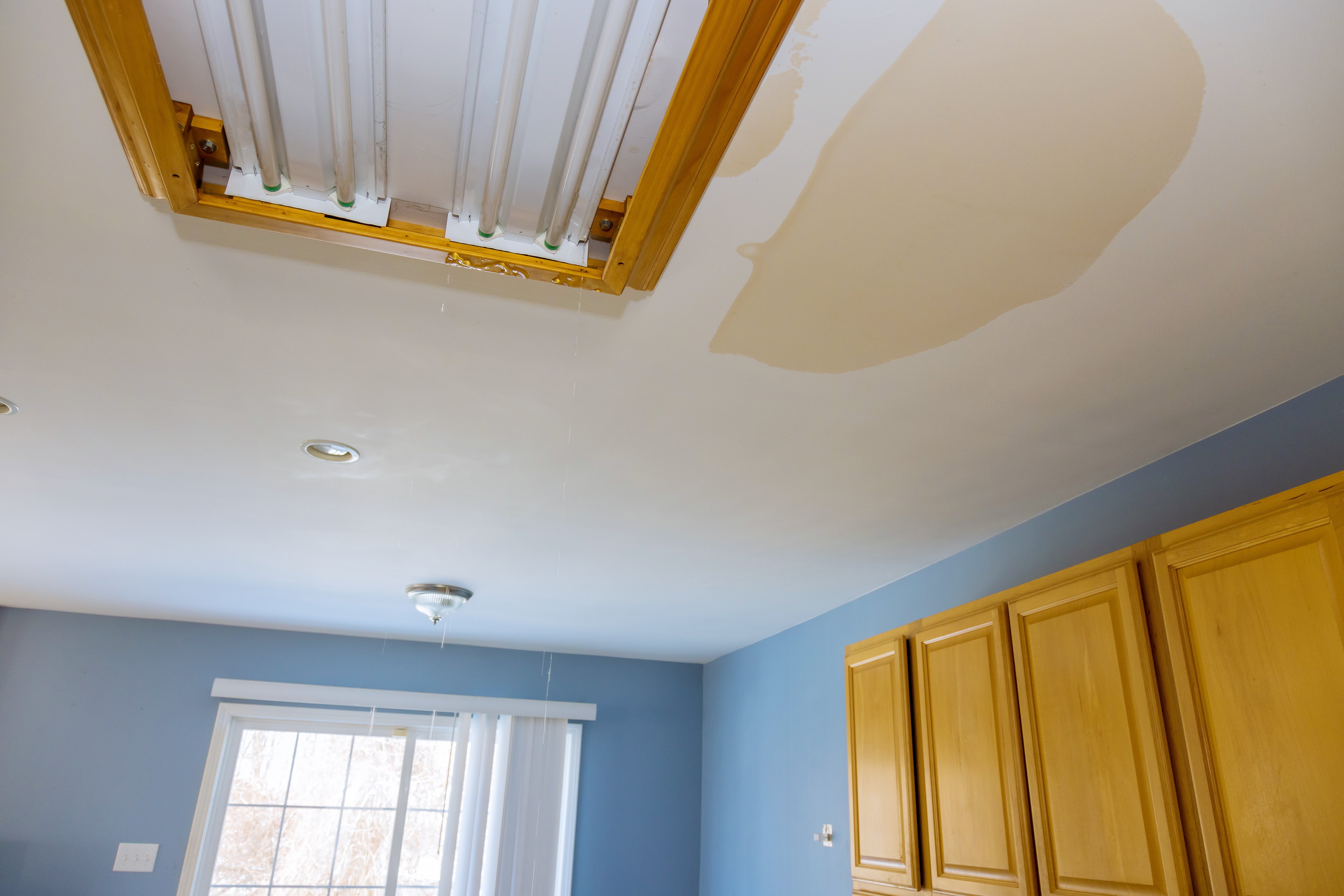
Water pipe burst inside your home? House flooded? Here’s what to do when a pipe bursts and causes water damage
1. Disconnect your electrical
To prevent electrocution, make sure the electrical systems in your home are turned off. Do not wade into standing water with the power on. If water is blocking your path to your breaker box, look for a main shutoff on the exterior of your home or call an electrician.
2. Stop the source of the flooding
If your flooding is caused by a burst pipe or valve rather than an act of nature, it should be fairly easy to stop at its source. Just turn off the main water shutoff valve. Some homes have a valve located near where the main water line enters your home, while other homes have a valve attached or adjacent to a water meter, which is sometimes buried near the street.
3. Salvage anything you can from the flood zone
Water damage occurs almost instantly, but you still may be able to remove some items from the floor. For instance, if you keep any boxes or papers on your basement floor (never a good idea, but too late now!), try to remove any items toward the top that may not be soaked through yet. Additionally, it will help with a flooded house cleanup if you remove any items as quickly as you can instead of waiting until later.
4. Call your insurance company
Your water damage will most likely be covered under your homeowners insurance policy. The first step to start the claims process is to call your insurer to let them know about the situation. To make sure that your claim is successful, ask your insurer whether a claims adjuster needs to visit your home to document the damage before you begin the cleanup and repair process, or if your photos of the damage will suffice.
5. Document everything
No matter what your insurer says, it’s always a good idea to carefully document all the water damage to your home to assist with your insurance claim. Simply take photos and videos with your phone and make note of everything the water touched, including your possessions and the structure of your home itself.
6. Remove standing water
If the water is primarily in your basement, and you have a floor drain, you may be able to use a squeegee mounted on a handle (pick one up at any hardware store) to push water to the drain, or use a mop and bucket. With most of the standing water removed, use a wet-dry vac (make sure to remove the filter for dry vacuuming) to start removing water from harder-to-reach areas.
7. Call a water damage restoration company
At this point, most homeowners enlist the help of a water cleanup specialist to address the mess. Look for a company that can respond quickly (within a few hours, max) and begin cleaning before mold starts to grow. Your insurance company may be able to guide you to an approved contractor, or you can check reviews.
8. Start drying out your home yourself
While you are waiting for your contractor to get started, you can begin the process of drying out your home by following these steps: a) open your windows to let moist air escape; b) start as many dehumidifiers as possible; c) cycle your HVAC system between heating (to 80 degrees) and cooling (to 60 degrees), which pulls moisture into the air and then removes it. You can rent industrial-size blowers and dehumidifiers to speed up the drying process.
9. Prevent mold and mildew caused by water damage
The damage to your home and property is only half the battle. If not properly dealt with, water damage can have farther-reaching effects on your home and health in the form of toxic mold and mildew. In fact, these secondary effects are often worse than the initial property damage, so it’s important to take them seriously and dry out the affected areas as quickly as possible. If a surface can’t be dried quickly, it should be removed and discarded. If you are working with a water damage cleanup company, they will have the proper equipment to dry out your home. If you are cleaning up the water damage yourself, be sure to educate yourself on how to remove and repair wet drywall and insulation, as well as flooring.
10. Prevent future damage
While most water damage isn’t a disaster, it’s still something you want to avoid in the future. Keep paper and other porous materials off the floor. If your basement carpet gets ruined by water, consider replacing it with a hard-surface flooring that can stand up to any future leaks. Be sure to locate your main water shutoff valve so you can be ready to stop leaks at the source immediately. If you are going out of town, have a friend or neighbor check on your house while you are away to spot any leaks before they can do major damage. If your flooding was caused by a pipe that burst and froze, try to add insulation or reroute the pipe to avoid that problem in the future. Replace cheap plastic or rubber appliance and toilet water supply hoses with higher-quality metal hoses.
See also: Wet Basements 101: How to Dry Out That Leaky Basement for Good
Seattle and National Resources for Home Flooding and Water Damage
General Information
Seattle Water Damage Cleanup Companies
Water Damage FAQs
Can soaked carpeting be saved?
In most cases, wet carpeting can be cleaned and dried rather than replaced. This is not always an easy process, and it requires the proper equipment and expertise. However, it is often cheaper (and environmentally friendlier) to restore carpets and pads rather than throw it all away and install new. Exceptions are carpets that have been sitting wet for some time or have been contaminated with sewage or other toxic water.
See also: Should Carpet Be Replaced After Water Damage? [Apex Carpet Cleaning & Flood Restoration]
Are wood floors ruined after flooding?
If the damage is caught and addressed quickly enough, you will probably be able to restore your wood floors. Water restoration companies employ non-invasive negative-pressure systems that can suck the moisture from between the floorboards. However, if the water has sat for any length of time, you will most likely have to sand and refinish the floors at the very least.
Will my homeowners insurance cover water damage?
Most homeowners policies will cover cleanup and restoration costs for water damage that’s caused by sudden or accidental incidents, like a water pipe bursting or a water heater rupturing. Your policy will most likely also cover your personal belongings that were damaged by the water. Keep in mind that your deductible and coverage limits will apply. Most policies do not cover damage caused by poor maintenance, like water dripping from a pipe that has been slowly leaking for months. Natural flooding, no matter the source, or flooding from a backed up sewer or drain outside is also not covered, unless you have purchased a specific flood insurance policy.
Should I try to repair water damage myself?
For minor water damage, especially to unfinished or partially finished sections of your basement, you can absolutely clean up the mess yourself, probably using tools you already have, like a wet-dry vac and a mop. This is a good option if you have a high insurance deductible and don’t want to go through the hassle and expense of filing a claim. If water has soaked into expensive flooring and drywall, you will most likely find it easier and more cost-effective to file a homeowners insurance claim and hire a pro. You can certainly rent professional drying equipment, but the cleanup and repair process can be difficult and require some expertise. You don’t want to miss any dampness that could cause mold to bloom later on, leaving you with an even bigger mess.
What about water damage from sources other than a burst pipe?
The information in this article is geared toward water damage from clean sources, like a burst pipe. If the water that flooded your home was tainted by sewage, chemicals, or other toxic substances, you should definitely enlist the help of trained and certified remediation specialists.
What next?
Usually, water damage can be cleaned up and your home restored to like-new condition. A burst pipe can be a major headache, and I hope it never happens to you, but you’ll get through it. It may even be an opportunity to jump start some improvements to your home that you have been considering. We’ve worked with many Seattle homeowners who have chosen to upgrade their homes rather than just repair them to original condition after water damage. If we can answer any questions or be of help in any way, please don’t hesitate to reach out.

